ARTIFICIAL INTELLIGENCE IN PHOTOGRAPHY OF NORMOTHERMIC MACHINE PERFUSION OF LIVERS
ABSTRACT NUMBER: NESTAC MEDAL FOR MEDICAL STUDENTS_4
MAIN ABSTRACT TEXT
Introduction
Livers donated for use in transplantation are underutilised. A lack of clear guidelines regarding the visual assessment of their quality means many ‘borderline’ grafts are needlessly discarded; macroscopic visual assessment by transplanting clinicians is subjective and inconsistent. Deep learning (DL), a form of artificial intelligence, has previously been used to aid medical image analysis. Normothermic machine perfusion (NMP) is often used to evaluate borderline livers for transplantation. This study aimed to develop an objective DL model to visually assess organ transplantability during NMP.
Methods
Five DL models were trained and tested on 100 images of donor livers, each labelled with scores from three transplant clinicians on steatosis, perfusion, and transplantability. Models were trained to classify liver transplantability through either image data and transplantability scoring data, or image data and all clinician scoring data. Model accuracy, specificity, and sensitivity were calculated. Evaluations of clinician scoring agreement were carried out using intraclass correlation coefficient (ICC) and Fleiss’ kappa.
Results
In the classification of transplantability, the highest performing models achieved training and testing accuracies of 64.3% and 76%, respectively. Sensitivity and specificity ranged between 44.1%–94.1% and 6.3%–75%, respectively. ICC and Fleiss’ kappa values indicated a ‘fair-to-moderate’ scoring agreement between clinicians.
Conclusion
The performance of DL image analysis in assessing liver quality during NMP has been modest. Visual assessment during NMP is more challenging than on the “backtable” at organ retrieval. Broader, more varied data sets are required to maximise model performance.
